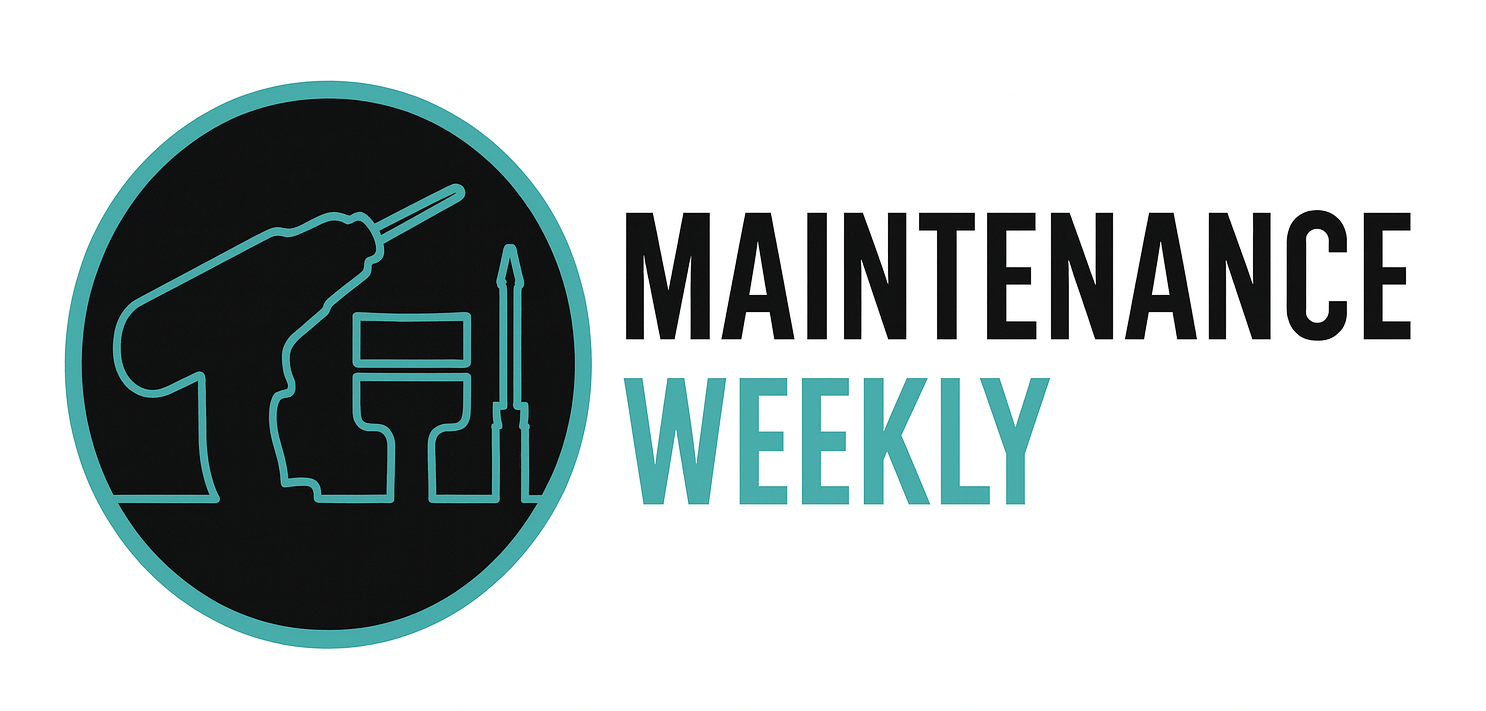Technology in Construction Maintenance: How Robotics and Innovation Are Reshaping the Job
Construction maintenance is undergoing a major transformation. Once dominated by manual labor and traditional tools, the industry is now embracing robotics, automation, and digital technology to improve safety, efficiency, and productivity. For maintenance professionals, this means new opportunities—but also the need to adapt to a changing landscape.
The Rise of Robotics in Construction Maintenance
Robots are no longer a futuristic concept—they’re already on construction sites and in maintenance operations today. Key examples include:
-
Robotic Bricklayers and Masons: Machines that can lay bricks faster and with greater precision than humans, reducing repetitive strain on workers.
-
Concrete Robots: Automated systems that pour and smooth concrete slabs, cutting down labor time and ensuring consistent quality.
-
Demolition Robots: Remote-controlled machines that handle dangerous demolition tasks in confined or hazardous spaces.
-
Inspection Drones: Drones equipped with cameras and sensors that inspect roofs, high-rise facades, and bridges without the need for scaffolding or lifts.
These technologies allow maintenance teams to complete tasks that are too dangerous, dirty, or time-consuming for human workers.
Digital Tools and Smart Technology
Beyond robotics, construction maintenance professionals are using advanced digital tools to streamline operations:
-
Building Information Modeling (BIM): Provides digital blueprints for predictive maintenance, helping technicians identify potential issues before they escalate.
-
IoT Sensors: Installed on machinery and building systems to monitor performance, detect malfunctions, and alert technicians in real time.
-
Augmented Reality (AR): Allows workers to “see” hidden systems (like electrical wiring or plumbing) through smart glasses, reducing errors and rework.
-
Robotic Process Automation (RPA): Automates administrative tasks like scheduling maintenance, ordering parts, and generating inspection reports.
Benefits of Technology in Construction Maintenance
-
Improved Safety – Robots and drones take on dangerous jobs, keeping workers out of harm’s way.
-
Higher Efficiency – Automated systems reduce downtime and increase speed.
-
Cost Savings – Predictive maintenance prevents costly breakdowns and extends equipment life.
-
Quality Control – Robotics ensure consistent workmanship, reducing errors and warranty claims.
-
Sustainability – Smart systems optimize energy use and material efficiency.
Skills Construction Maintenance Workers Need
To thrive in this tech-driven environment, construction maintenance professionals must:
-
Learn to operate and maintain robotic equipment.
-
Gain digital literacy with BIM software and IoT monitoring tools.
-
Develop troubleshooting skills for both mechanical and software-driven systems.
-
Stay updated with certifications in safety, robotics, and smart building technology.
Employers increasingly look for workers who can blend traditional trade skills with modern tech expertise.
Career Outlook
Technology isn’t eliminating jobs in construction maintenance—it’s changing them. The U.S. construction industry faces labor shortages, and robotics can help fill the gap while creating new roles in robotics operation, programming, and maintenance.
Workers who upskill in robotics and smart technologies will be best positioned for:
-
Higher pay rates for specialized knowledge.
-
Leadership roles overseeing advanced maintenance systems.
-
Cross-industry opportunities in manufacturing, logistics, and facilities management.
The Future is Hybrid
The future of construction maintenance will be a hybrid of human skill and robotic efficiency. While machines handle repetitive, dangerous, and precision tasks, skilled technicians will remain essential for oversight, problem-solving, and customer interaction.
Key Takeaway: Robotics, drones, and digital tools are reshaping construction maintenance. Workers who adapt to new technologies will find themselves at the forefront of an industry that’s safer, more efficient, and more sustainable than ever before.
Source: ChatGPT
